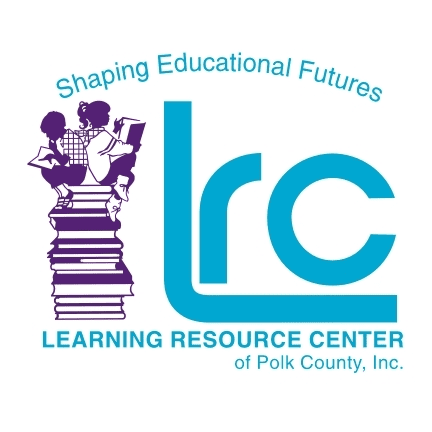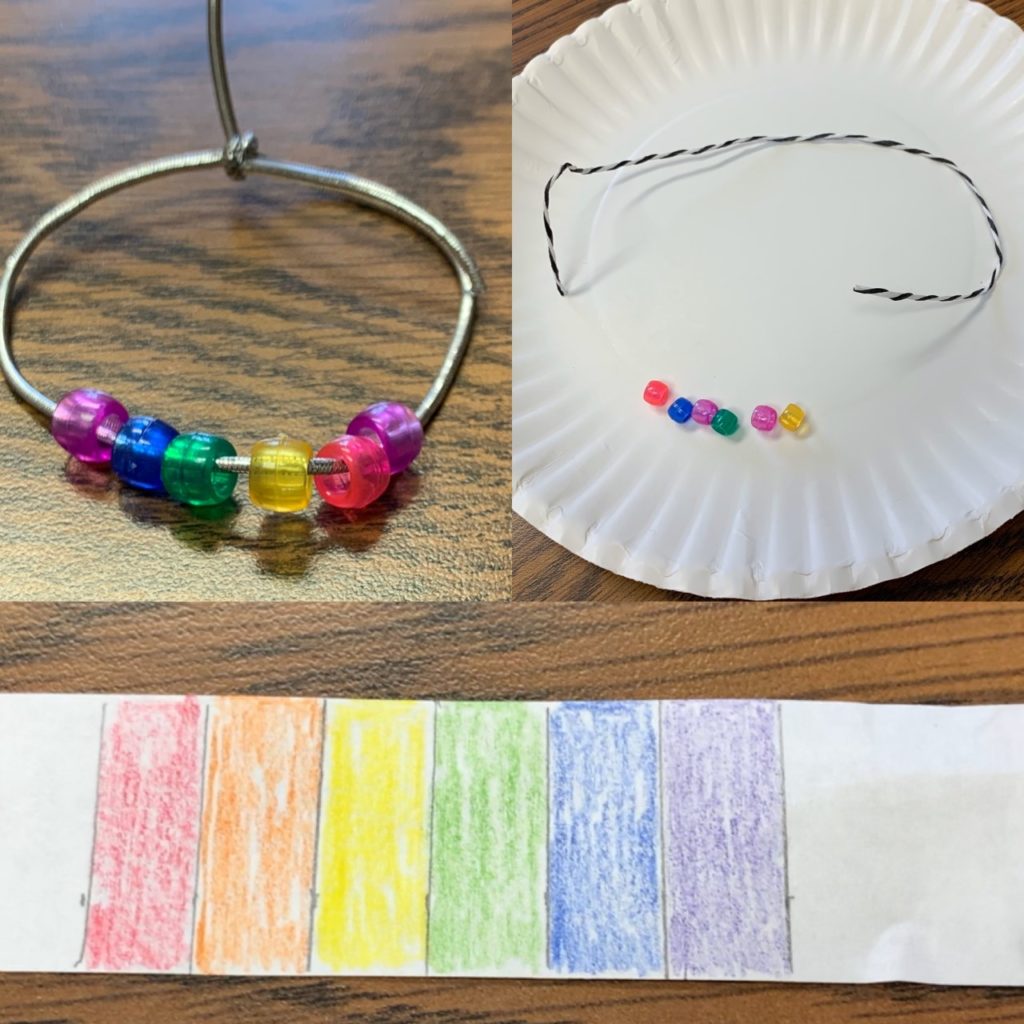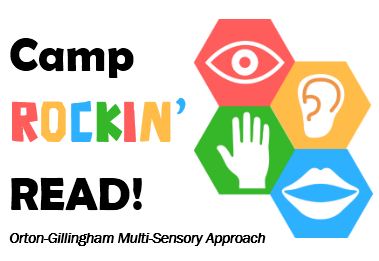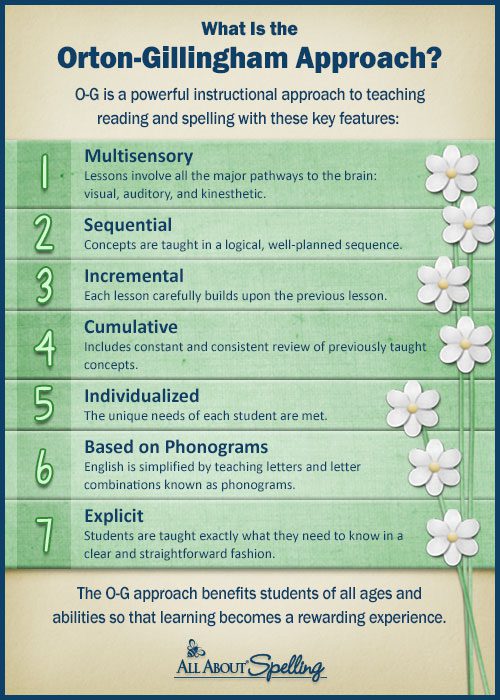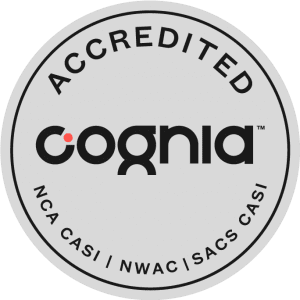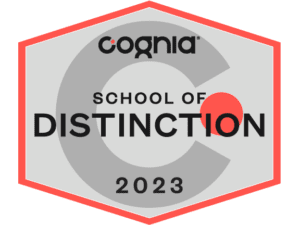Learning & Loving It is a series featuring simple, yet fun educational activities for home learning and virtual, interactive tutoring.
Word Sliders
This is a fun, quick and easy way to make a hands-on game for reading practice. This concentrates on reinforcing, decoding and blending skills using word families. These words have a common sound, pattern and letter combination.
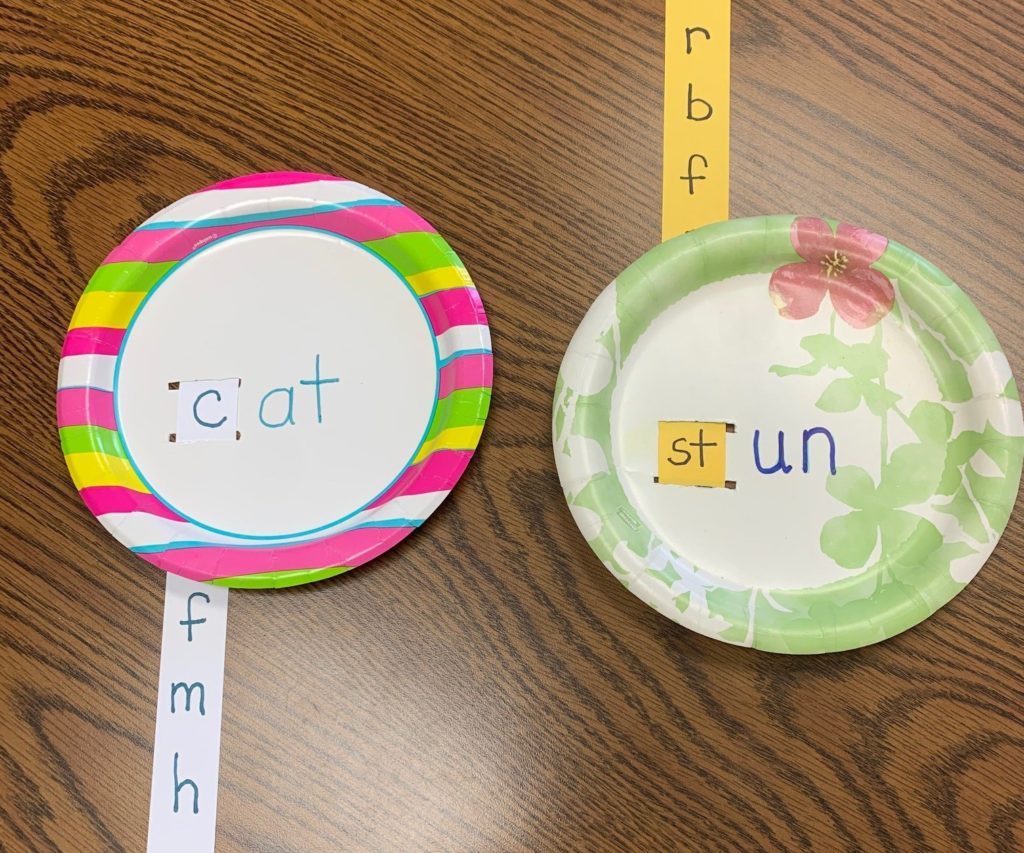
Supplies:
Paper plate, markers, paper/card stock, and scissors; optional: this reference sheet for word families if you’d like to use it
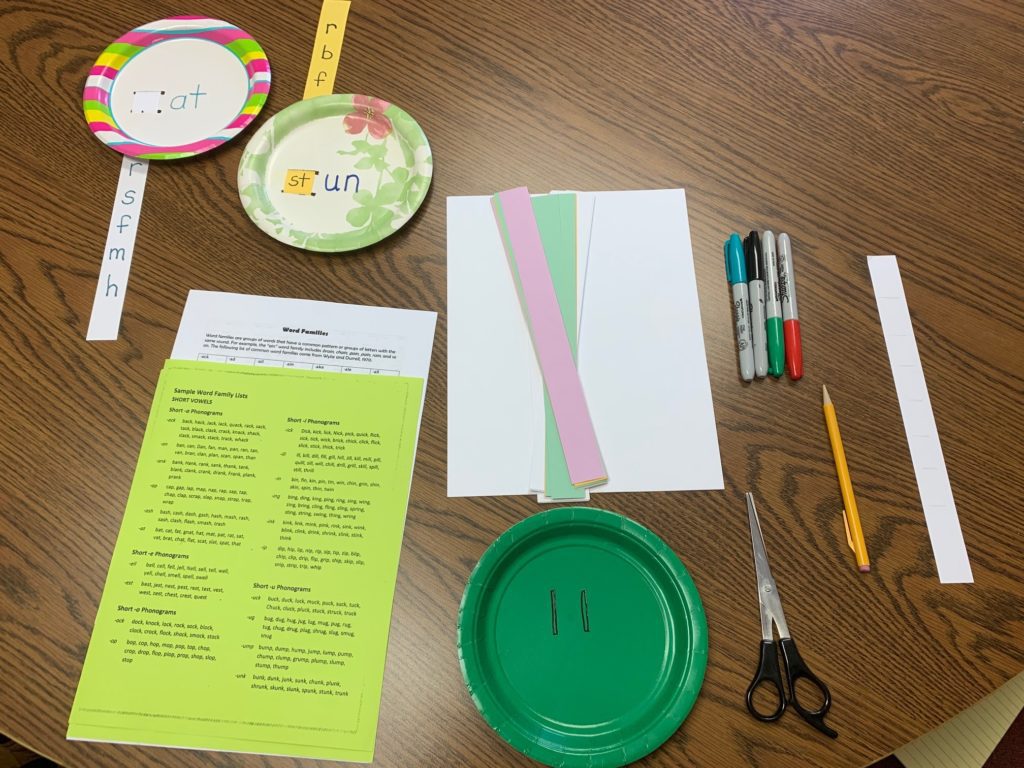
Creating your slider
1. Cut your paper into vertical strips about 1 or 1.5 inches thick.
2. Choose a paper plate (any size; smaller plates easier for smaller hands).
3. Pencil in two lines on plate in this fashion: = and cut slots with pointed scissors. This is where the strip will go.
4. Choose your word family, and write the common ending letters on the plate.
5. Prepare the strips with initial consonants and/or blends, leaving space between each one. (Parents can pencil in guidelines if these will be written by the student).
*Note: when working on blending sounds, even nonsense words can be used
6. Thread your strip through the slot. You’re ready to play!
Students can track how many words they can say on each strip for points and/or time themselves to beat their score.
The ultimate goal is to increase speed and fluency.
These manipulatives are inexpensive and easy to make. They’re also fun for children to play with! They can be used at home, in the car, at a restaurant or even at the beach.
Check to see the video demonstration on Facebook.
Click for additional Learning & Loving It activities!
